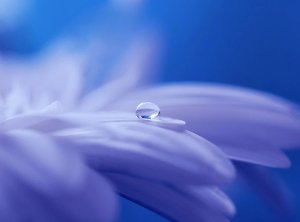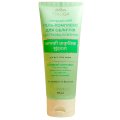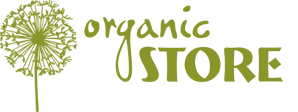 Moisturising is one of the most crucial steps in any skincare routine. There are a lot of various moisturisers to choose from, from creams to gels to lotions, but all of them are formulated with the same types of moisturising agents. What are the main types of moisturising ingredients in skincare products and how do they differ from one another?
Moisturising is one of the most crucial steps in any skincare routine. There are a lot of various moisturisers to choose from, from creams to gels to lotions, but all of them are formulated with the same types of moisturising agents. What are the main types of moisturising ingredients in skincare products and how do they differ from one another?
Today, there are lots of moisturising agents, both natural and synthetic, that can be found in skincare products, but all of them can be divided into three main types depending on their mode of action.
Occlusives
Moisturising agents that belong to this group create a thin hydrophobic barrier on the skin surface. It physically prevents moisture from evaporating, helping to keep your skin hydrated.
Common occlusives used in cosmetic formulations include waxes, petrolatum, liquid paraffin, carrier oils, silicones, lanolin, squalene or squalane, hydrolysed collagen, hydrolysed elastin, allantoin, hydrolysed oat, soy, corn or wheat protein, long-chain alcohols and fatty acid esters, propylene glycol, caprylic/capric triglyceride, esters.
Humectants
While occlusives help to retain moisture your skin already has, the main task of humectants is to draw moisture from the air to the skin surface. Thanks to them, your skin gets the moisture it needs to stay healthy and hydrated.
Some of the most popular humectants used by cosmetic manufacturers include propylene glycol, glycerine, hyaluronic acid and sodium hyaluronate, honey, aloe vera leaf juice, urea (carbamide), chitosan, hydrolysed silk, oat, corn, soy or wheat protein, hydrolysed elastin, panthenol, amino acids, some alpha hydroxy acids (for example, lactic acid and malic acid), polysaccharides, sorbitol, algae extracts.
Emollients
Emollients have a similar effect to occlusives in that they keep moisture from evaporating. The difference between these two types of moisturising agents is that occlusives create a thin barrier on the surface of the skin, whereas emollients act more like lubricants. As a result, they make the skin softer and smoother, reduce flaking, and protect the skin from the environment. The effect of emollients is considered more natural than that of occlusives because it resembles natural lubrication of the skin with sebum (skin oil).
Common emollients include certain waxes and carrier oils, esters (for example, myristyl myristate and cetyl palmitate), squalene and squalane, propylene glycol, linoleic acid, ceramides, and more.
It is worth noting that most moisturisers contain two or even all three types of moisturising ingredients because each type has its pros and cons. By combining them together, cosmetic manufacturers neutralise their flaws and bring out the best in them. This allows to ensure a strong and long-lasting hydrating effect.
What flaws are we talking about? For example, some occlusives create an overly dense barrier on the skin surface, which keeps the skin from getting enough oxygen. In addition, such substances can clog skin pores, resulting in blackheads and pimples, or cause allergic reactions. So if you have oily or sensitive skin, you should opt for a moisturiser that contains very little occlusive ingredients. Make sure that your moisturiser has a light texture, absorbs well and doesn’t leave your skin feeling greasy or sticky.
Humectants, in their turn, sometimes dry the skin out instead of hydrating it. The thing is, there is basically no difference for humectants where to draw moisture from, the air or your skin. When the humidity level is normal, they will draw moisture from the air to your skin; but when the air is too dry (for example, when it is hot outside or during the heating season), they start drawing moisture from the deeper levels from your skin, doing more harm than good. Glycerine is particularly notorious for this flaw, but you should use skincare products with any humectants with caution when the air humidity level is too low.
As for emollients, their main drawback is that many of them are comedogenic, i.e. can clog skin pores, since they are lipids. However, this drawback can be quite easily overcome by using the least comedogenic emollients and combining them with ingredients that prevent pore clogging.
As you can see, moisturising ingredients in skincare products are very diverse, and many of them belong to several types at one because they both draw moisture to the skin and help to lock it in. And even if they have a scary-sounding “chemical” name, they can actually be safe and very effective. In our online shop Organic Store, you will find natural and organic moisturisers for all skin types, which are formulated with a carefully selected combination of moisturising agents.
Moisturising Products in Our Store
Triuga Ayurveda Mix Extra Moisturising Face Gel for All Skin Types, 75 ml |
